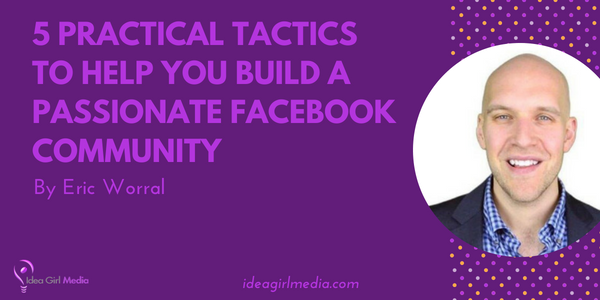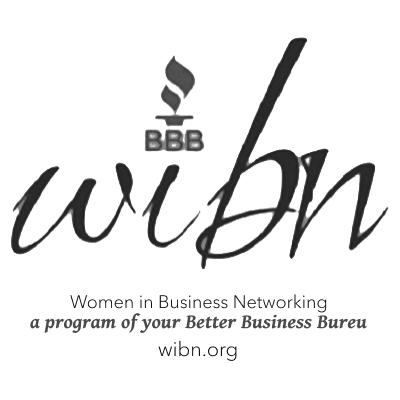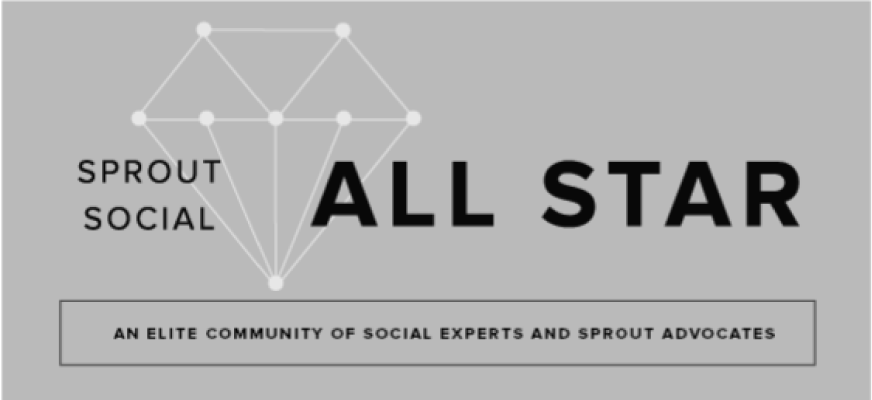Is your Facebook Group feeling too quiet. Stuck, perhaps? Here are 5 practical tactics to help you build a passionate Facebook Community for your brand...
Guest post by Eric Worral
Your Fabulous Facebook Community: How To Build It
By definition, a community is a group of people living in the same area or sharing a characteristic, but community is more than stark similarities between members. It’s a sharing of passion, of fellowship, and of a certain zest for shared interests!
Thriving online communities have shown time and time again that the internet gives us the opportunity to build up passionate groups around our favorite hobbies, brands, jobs, and pretty much any other common characteristic.
But how can you facilitate this passion to gather in one place? It’s not as simple as creating a Facebook group and hoping that the members will simply find their way to it.
What Does A Thriving Facebook Community Look Like?
A truly passionate Facebook community is more than a group of members. In the most thriving communities, you can find the exchange of ideals, advice circles, recommendations and criticisms, as well as thoughtful discussion.
And these interactions don’t have to happen in a group setting. These communities can form around a specific brands page, on the fan page for a musical group, or within a private group setting. The location of the passion isn’t important; it is the sense of fellowship that builds between the members!
Facilitating the growth of a community that looks like this doesn’t have to be difficult. You can build a passionate community of support and discussion that brings new value to members’ lives.
Listed below are 5 practical tactics to help you build a passionate Facebook community. Let's go through them in detail...
Tip 1: Engagement Is Key
The number one thing you will need to commit to the growth of any community is time. Passion, connections, and the depth of a strong community need time to develop.
What do you do during this time? Engage with community members to spark their interest. The more interested they are, the more regularly they return. There are easy ways to keep engagement up in a Facebook community:
- Listen to feedback on your posts or received in messages
- Answer questions left in the community, posted in the group, or found elsewhere around your community.
- Encourage conversations with “Sharing” or “Feedback” threads. The more people you have talking, the more often they’ll be coming back.
The only way to get to know your community as it grows is to be deeply engaged with them. With this understanding, you’ll have the tools to keep your community alive, happy, and constantly growing.
Tip 2: Moderate And Pin Carefully
Moderation is an important part of any community. There will always be someone who enters a community hoping to cause disruption, so you have to prepare for this potential in advance.
If you’re working on a Facebook community that uses Facebook’s group functionality, set up rules for the group from the get-go. Address the following common concerns:
- What kind of things can be posted?
- What kinds of posts won’t be tolerated?
- Who can members contact if they have a problem or questions related to the group?
- Is self-promotion allowed?
There’s a fine line that must be drawn about what is okay and what is not. Every healthy community has moderation, particularly when that community is based online. Focus on setting up the right atmosphere for your community through moderation early on.
Community members will get used to the expectations of the group and encourage the same rules as you do – and nothing is more powerful than a self-governing community!
If you are basing your community on a brand or fan page, be careful about censoring too many comments or posts. It’s easy for people to come across your page without knowing the rules when it is run in an open setting like this, and censoring unaware individuals can stifle the communities growth.
Instead, rely on the tools Facebook provides to moderate, report, and control any problems.
Tip 3: Share Content From Trending Pages Or Blogs
To keep the growth and passion of any community alive, you need three things:
- New content
- Interesting people
- Continuing conversations
 How do you keep all three of these things going consistently?
How do you keep all three of these things going consistently?
One way is to identify power pages, individuals, and blogs in the niche you are focusing on. Pay attention to trends in the niche and share or make posts about trending topics when they spread into the niche.
Doing this in a timely manner will enable your community to become the place where people hear about things first – and this is key. People tend to have their strongest reaction to news when they first hear it. When you’re first, you’re going to have more conversations about these topics.
Plus, sharing content from other groups, pages, and people will let them know that your community exists! If someone hears that their post is getting a lot of attention in a group on Facebook, they’re likely to come check it out for themselves – and maybe even bring an audience with them!
Tip 4: Set Up A Schedule
Every post you make does not have to be set on a strict schedule, but setting up a schedule for a community can encourage a lot of good energy and interactions within the group.
Pay attention to what types of content people seem most interested in as well as what content you believe will help the community thrive, but you don’t see enough of in the community. You can even run a poll asking people what they want to see on the schedule!
Then, create a schedule! Schedules give a lot of great opportunities to a community:
- Know what to expect when entering the group
- Gives new members an idea of where to get involved
- Encourages members to talk to each other more
- Enables people to share posts that the community might not want to see daily but are important for retaining members (i.e., self-promotion days)
When you set up a path for regular engagement within the community, you’ll be able to watch your community start keeping itself alive. People will begin starting – and maintaining – their own conversations, which is key to a robust community.
Tip 5: Bring Your Existing Followers To The Page
The final – and simplest – of these tips is to let your current audience know about your new community. Any blogs or social media channels you already maintain might not be directly related to your new community, but the chances are high that there is some overlap.
Take advantage of this overlap and the work that you have already put into building an audience. By reaching out to an audience that already knows you, they will already feel a certain level of comfort with the new group.
Consider leveraging the following to spread word of your growing community:
- Existing Facebook pages
- Email lists
- Blog
- Guest posts
- Podcasts
Something as simple as adding a link to the group in the sidebar of related pages can drive new traffic to the community during its early days!
No matter what type of Facebook community you are hoping to grow, remember that the route of similarity between all of these techniques is keeping people interested and engaged. A community thrives on shared connections and fellowship; these ideals must be fostered if you want the community to take on a life of its own!
 About The Author
About The Author
Eric Worral has owned and managed rentals for over 9 years. Currently, he’s the Marketing Director at RentPrep, a tenant screening service for landlords and property managers. He’s also the co-host of the “RentPrep for Landlords” podcast where he shares tips and insights on managing rental properties. Hop over to their Facebook Group.
0 Replies

Like what you see? We've been told our blog posts are like potato chips: You can't read just one...
Subscribe to receive them fresh in your Inbox, and you can grab our best insights about social media marketing before everyone else sees it!

Relevant Resources
view allThe True Cost Of Letting Peak Sales Periods Pass You By

Three Surprising Signs You’re Still Silencing Your Female Employees

How Ongoing Training In The Workplace Can Drive Long-Term Business Growth







































Leave a Reply